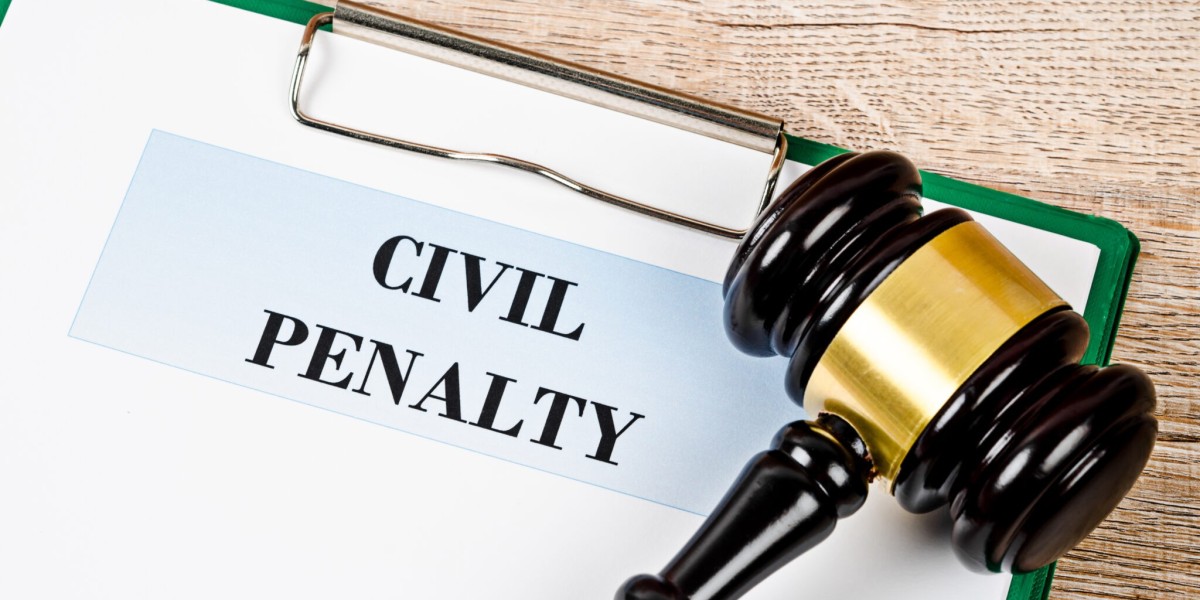Shipping a car from the UK to Australia is an exciting but complex process that requires careful preparation, especially when it comes to handling the necessary paperwork.
Without the correct documentation, your vehicle could be delayed at customs or even refused entry into Australia, leading to significant financial losses and logistical headaches.
To help you navigate this process smoothly, here’s a detailed guide to the essential paperwork required for shipping a car from the UK to Australia.
1. Vehicle Import Approval (VIA)
The first and most crucial document you need is the Vehicle Import Approval (VIA). This is a mandatory requirement for any vehicle entering Australia.
The VIA is issued by the Department of Infrastructure, Transport, Regional Development, Communications, and the Arts, and it serves as confirmation that your vehicle meets Australia’s import regulations.
To apply for a VIA, you need to submit an online application through the department's portal.
Ensure that you have all the necessary details about your vehicle, such as the make, model, VIN (Vehicle Identification Number), engine number, and other relevant specifications.
The application process can take anywhere from a few days to several weeks, so it’s wise to start this process early to avoid delays.
2. Customs Declaration
Before your car is shipped, you must complete a customs declaration, which is required upon arrival in Australia.
This declaration provides Australian Customs with details of your vehicle, including its value, condition, and any modifications it may have undergone.
The customs declaration is essential for calculating the taxes and duties you’ll be liable for upon importation.
There are various forms to complete, such as the Import Declaration form (B650) or, in some cases, a simplified version for personal imports.
You will need to provide documents like the bill of sale or invoice, which verifies the value of the vehicle, and any other proof of ownership.
Failure to submit accurate information could result in penalties or additional scrutiny from customs.
3. Proof of Ownership
Another critical document is proof of ownership. This could be your car's original purchase receipt, the bill of sale, or an ownership certificate that clearly shows you are the legitimate owner of the vehicle.
The Australian government requires this documentation to ensure that the vehicle is being imported legally and that it has not been stolen.
If your vehicle is leased or financed, you will need to provide additional documentation from the finance company granting permission for the car to leave the country and be imported into Australia.
4. Insurance Documents
You will also need to provide valid insurance documents for your vehicle while it is in transit.
While most shipping companies offer basic insurance as part of their service, it’s often recommended to purchase additional coverage to protect your car against damages that might occur during the long journey from the UK to Australia.
In some cases, you might also need to show proof of insurance to Australian authorities to demonstrate that the vehicle is insured once it arrives in the country.
5. Quarantine Clearance and Inspection Documents
Australia has strict quarantine regulations to prevent the introduction of foreign pests and diseases into the country.
Therefore, all vehicles must undergo a quarantine inspection upon arrival. As part of this process, your car will be inspected to ensure it’s free from soil, plant material, and other potential contaminants.
You must declare your vehicle’s condition to the Department of Agriculture, Fisheries, and Forestry before it’s shipped.
The vehicle should be thoroughly cleaned both inside and out before shipment to avoid delays during quarantine.
Any form of non-compliance, such as dirt or organic matter, could lead to costly decontamination treatments.
Documentation proving that the vehicle was cleaned prior to shipping may also be required.
6. Identification Documents
When importing a vehicle into Australia, you will need to provide personal identification documents.
This typically includes a copy of your passport or Australian driver's license, as well as proof of your residency or intended residency in Australia.
For non-residents or temporary residents, additional documentation may be required, such as a visa or work permit.
These identification documents serve to establish the legal relationship between you and the imported vehicle, and they are necessary for completing the customs process.
7. Vehicle Condition Report
It’s highly advisable to prepare a detailed vehicle condition report before your car is shipped.
This document outlines the current condition of the car, including any existing damages, scratches, or dents.
The report serves as a reference in case any damage occurs during shipping. Both the shipping company and Australian Customs may request this report during the import process.
The vehicle condition report should be comprehensive, including photos from various angles and detailed descriptions of any notable features or flaws.
This documentation will help to ensure that any claims for damages are legitimate and can be processed quickly.
8. Emissions and Safety Standards Compliance
Australia has stringent emissions and safety regulations that all imported vehicles must comply with.
Before your car is allowed entry, it will be inspected to ensure that it meets these standards.
Depending on the make, model, and age of your vehicle, you may need to obtain additional certifications or modifications to bring the vehicle into compliance.
The documentation required includes proof that the vehicle meets Australia’s emissions standards (such as the Euro 5 or 6 standards) and that it complies with Australian Design Rules (ADRs) for vehicle safety.
These certifications may need to be obtained from the manufacturer or through an accredited testing agency.
9. Bill of Lading
Finally, you will need a Bill of Lading (BOL) from the shipping company.
This is the document that proves your car has been shipped and provides crucial information, such as the vessel’s name, the shipment date, and the destination port.
The Bill of Lading is also required by customs in Australia as proof that your vehicle is being imported through legal channels.
Conclusion
Shipping a car from the UK to Australia involves navigating a complex web of regulations and paperwork.
From obtaining the Vehicle Import Approval to ensuring compliance with emissions and safety standards, having the right documents in place is critical to a smooth import process.
By carefully preparing all the necessary paperwork, you can avoid delays, reduce costs, and ensure that your car arrives in Australia without any major issues.
Make sure to consult with experienced shipping companies and Australian Customs to stay up to date on any regulatory changes and additional documentation that might be required.









